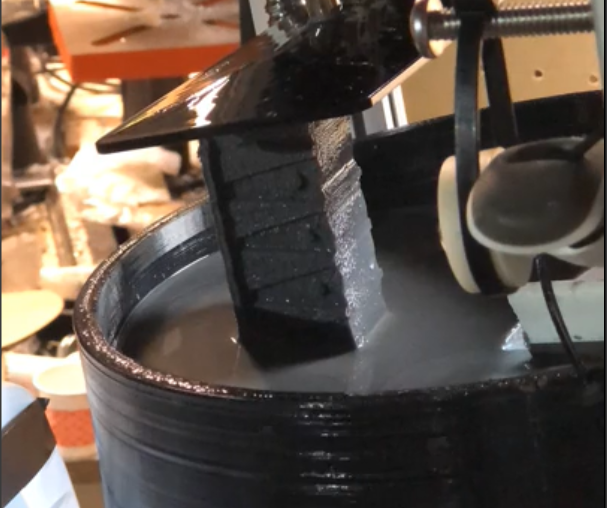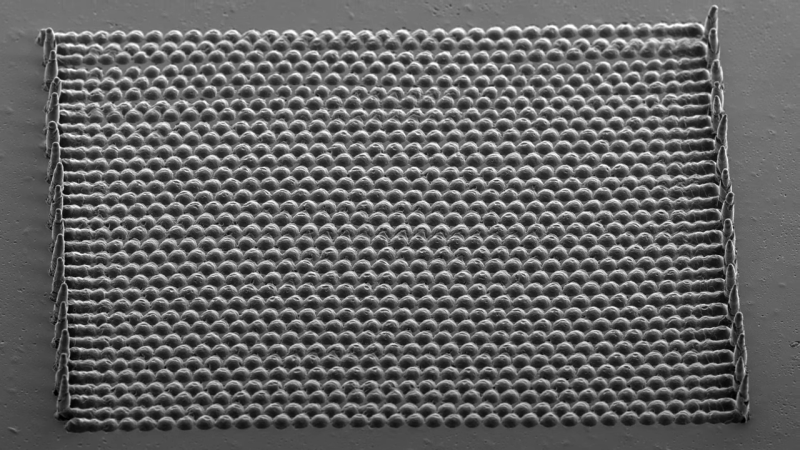Everyone’s favorite viscoelastic non-Newtonian fluid has a new use, besides bouncing, stretching, and getting caught in your kid’s hair. Yes, it’s Silly Putty, and when mixed with graphene it turns out to make a dandy force sensor.
To be clear, [Jonathan Coleman] and his colleagues at Trinity College in Dublin aren’t buying the familiar plastic eggs from the local toy store for their experiments. They’re making they’re own silicone polymers, but their methods (listed in this paywalled article from the journal Science) are actually easy to replicate. They just mix silicone oil, or polydimethylsiloxane (PDMS), with boric acid, and apply …read more
 Continue reading Flexible, Sensitive Sensors from Silly Putty and Graphene→
Continue reading Flexible, Sensitive Sensors from Silly Putty and Graphene→



